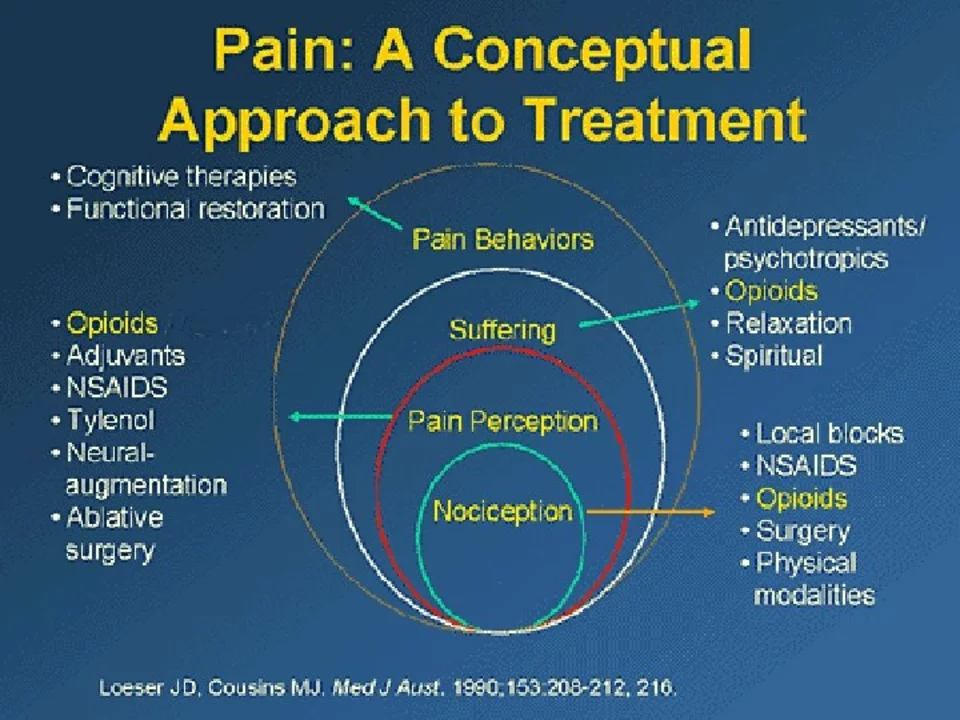Chronic Pain: Practical Tips, Treatments, and When to Get Help
Living with chronic pain wears you down. You want straightforward things that actually help—not complex jargon. This page gives simple, useful steps for managing long-term pain, practical medication notes, and clear signs that you should see a clinician right away.
Medication options that people use
Over-the-counter choices are usually the first step. Acetaminophen can ease mild to moderate pain; follow the label and don’t take more than 3,000 mg a day without checking your doctor, especially if you drink alcohol or have liver issues. Nonsteroidal anti-inflammatory drugs (NSAIDs) like ibuprofen reduce inflammation and pain but watch for stomach or kidney side effects if you use them often.
For nerve-related pain, doctors often try medicines that were originally made for other conditions. SNRIs such as venlafaxine (Effexor) and certain anticonvulsants can reduce burning, tingling, or shooting pain. These drugs take a few weeks to work and can have side effects, so keep a symptom diary and talk to your prescriber about benefits and risks.
Topical options—gels, patches, or creams with lidocaine or NSAIDs—can help localized pain without whole-body effects. Stronger opioids are reserved for specific cases and short periods because of dependence and side effects; discuss alternatives and a clear plan with your doctor before considering them.
Self-care and daily habits that matter
Small daily changes add up. Keep moving: gentle walking, swimming, or guided stretching helps pain and mood. Physical therapy teaches safe movements and pacing so you don’t flare up after activity. Aim for consistent sleep—poor sleep makes pain worse—so limit screens before bed and try a regular bedtime.
Mind-based tools help more than people expect. Cognitive behavioral therapy (CBT), guided relaxation, or simple breathing exercises reduce stress and the brain’s pain response. Try heat for tight muscles and cold for new swelling. Break tasks into short segments and rest between them—pacing beats pushing through and crashing later.
Track what works. Keep a short pain log: intensity, triggers, sleep, and what you tried. That makes clinic visits more useful and helps you spot patterns like foods, activities, or medicines that help or hurt.
When should you see a doctor? Seek urgent care if pain is sudden and severe, follows trauma, comes with fever, unexplained weight loss, new weakness, or bladder/bowel changes. Ask for a review if your current treatment stops working, side effects mount, or daily life is slipping away.
Chronic pain is personal and often needs several approaches together. Try practical steps above, talk openly with your healthcare team, and be persistent—small, steady changes usually give the most reliable relief.
Pain Neuroscience Education: How Understanding Pain Can Change Your Experience
Pain neuroscience education helps people with chronic pain understand that pain isn't always a sign of tissue damage. Learn how this science-backed approach reduces fear, improves movement, and changes lives - without drugs or surgery.
View MoreThe Role of Pyridoxine in Managing Chronic Pain
As a chronic pain sufferer, I've been researching different ways to manage my pain and recently discovered the role of Pyridoxine, also known as Vitamin B6. Pyridoxine plays a crucial role in managing chronic pain because it helps our body produce neurotransmitters, which regulate pain signals in the brain. Additionally, Vitamin B6 has anti-inflammatory properties that can reduce inflammation, a common cause of chronic pain. By incorporating foods rich in Pyridoxine or taking supplements, we might be able to alleviate some of the pain we experience daily. I'm definitely going to give it a try and see if it helps improve my quality of life.
View More

